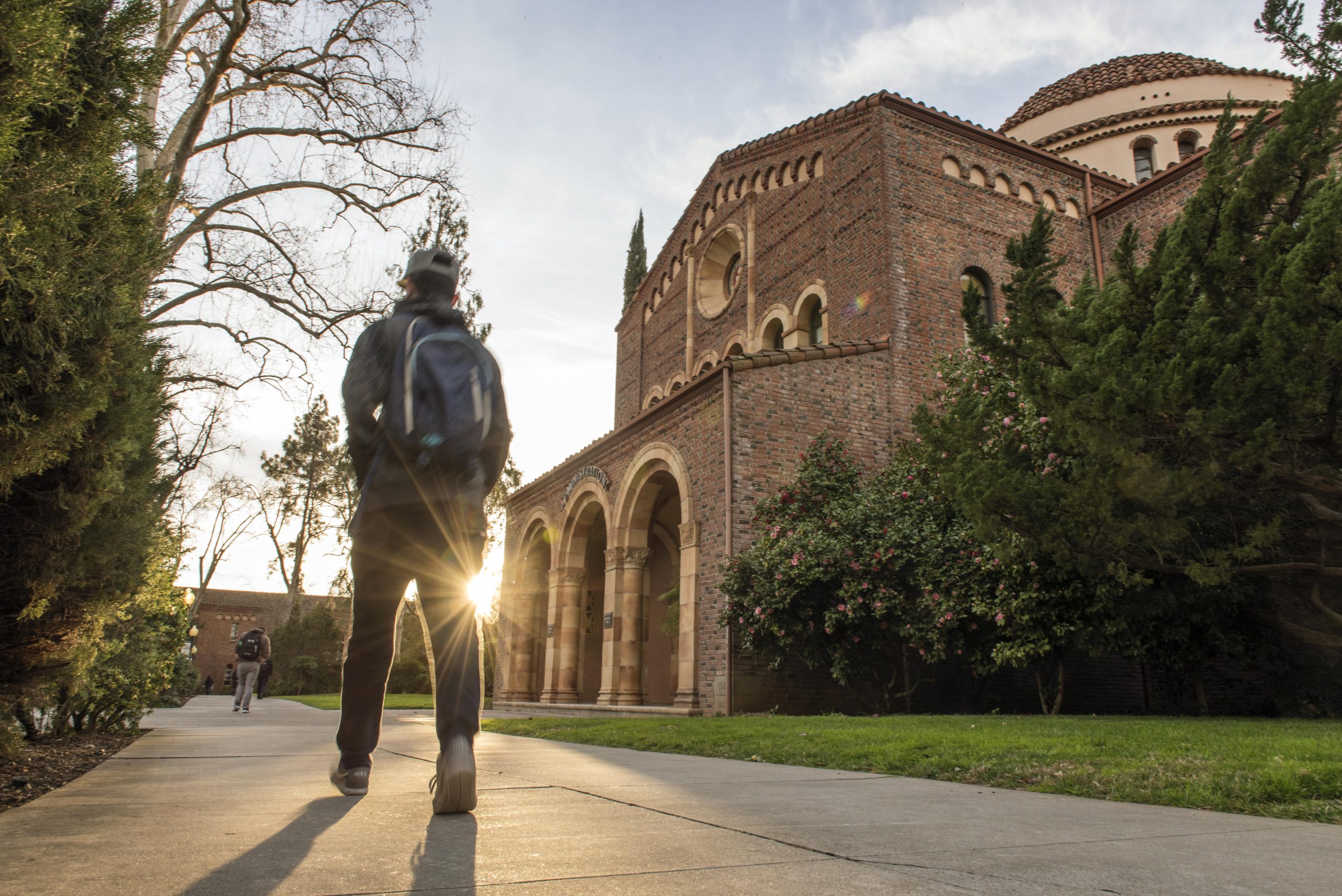Access & Affordability
Expand access and lower financial barriers so students of every background can successfully experience a high-quality education.

The Value
- Access for low-income students fuels upward mobility and strengthens local economies through a more educated, skilled workforce.
- Fair admissions open doors for underserved students, enriching campuses and building a more adaptable society.
- Honoring adult learners’ prior experience speeds degree completion and meets workforce needs with skilled, career-ready graduates.
The Practice
- Put access front and center. Reflect your commitment to access in your mission statement, website, strategic plans, and data reporting.
- Tailor financial aid and resources. Provide clear, accessible information on financial support, especially for unique student populations.
- Break down admissions barriers. Reduce or eliminate fees, reconsider testing requirements, and ensure counselors are accessible and supportive to all applicants.
- Expand early college opportunities. Offer dual enrollment, summer bridge programs, and other pathways that introduce students to college early.
- Invest in student persistence. Develop scholarship programs that offer both financial assistance and ongoing support to help students enroll and succeed.
- Support multiple pathways to degrees. Promote credit-for-prior-learning options and create strong transfer agreements to honor students’ previous experiences.
Related Programs
A multi-year cohort of institutions striving to accelerate student success.
Adapt and evolve to meet the unique needs of current and future students.
The Latest
MEMBER IMPACT
Values in Practice
~$10,000
is the average yearly tuition for in-state, full-time undergraduates at regional public universities.
41%
of students enrolled at AASCU member institutions are Pell-eligible compared to 33% of students enrolled at non-member public four-year institutions and 35% of students enrolled in community college.

